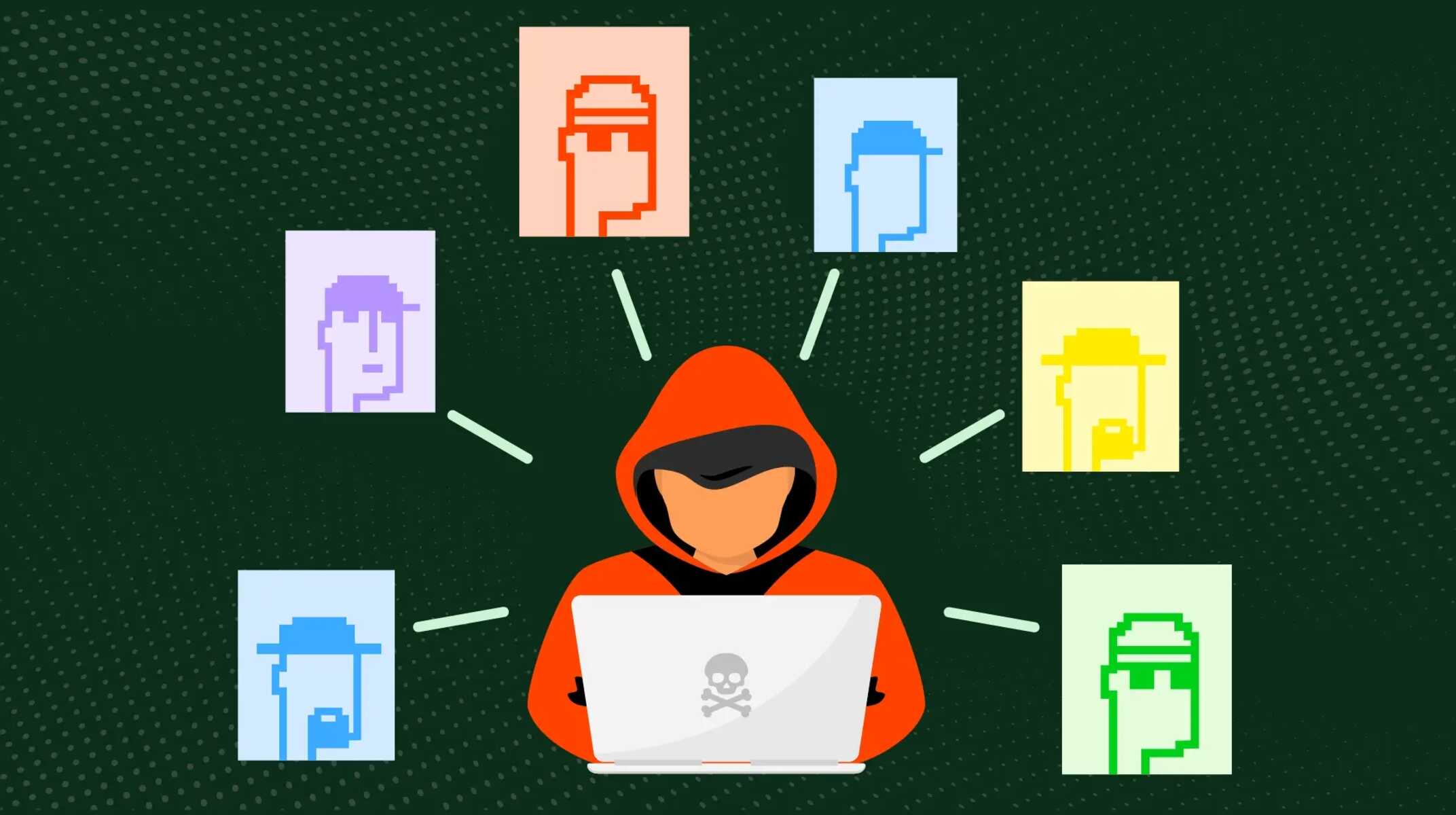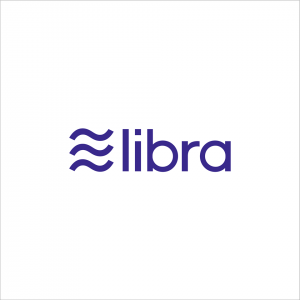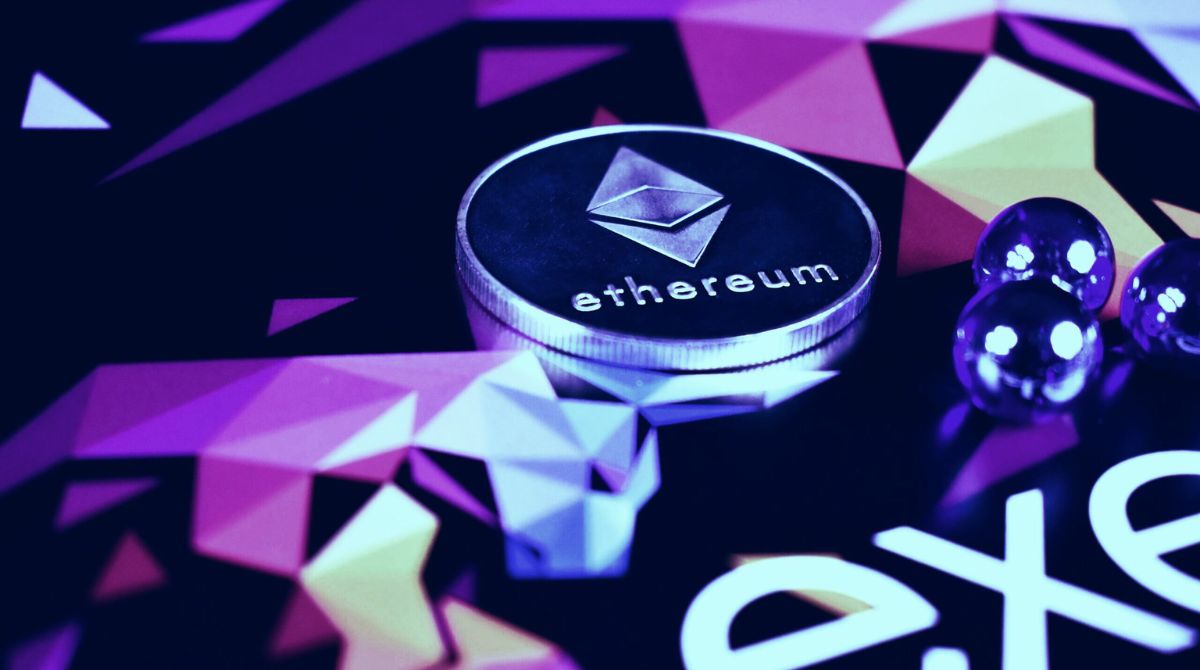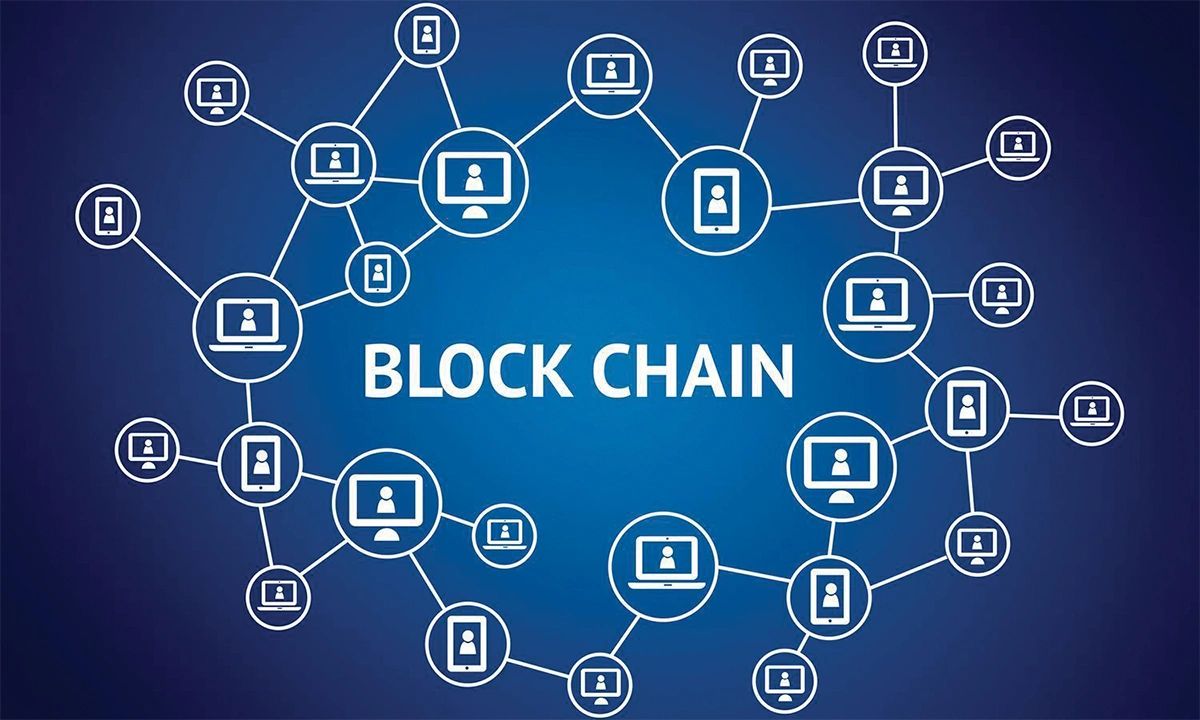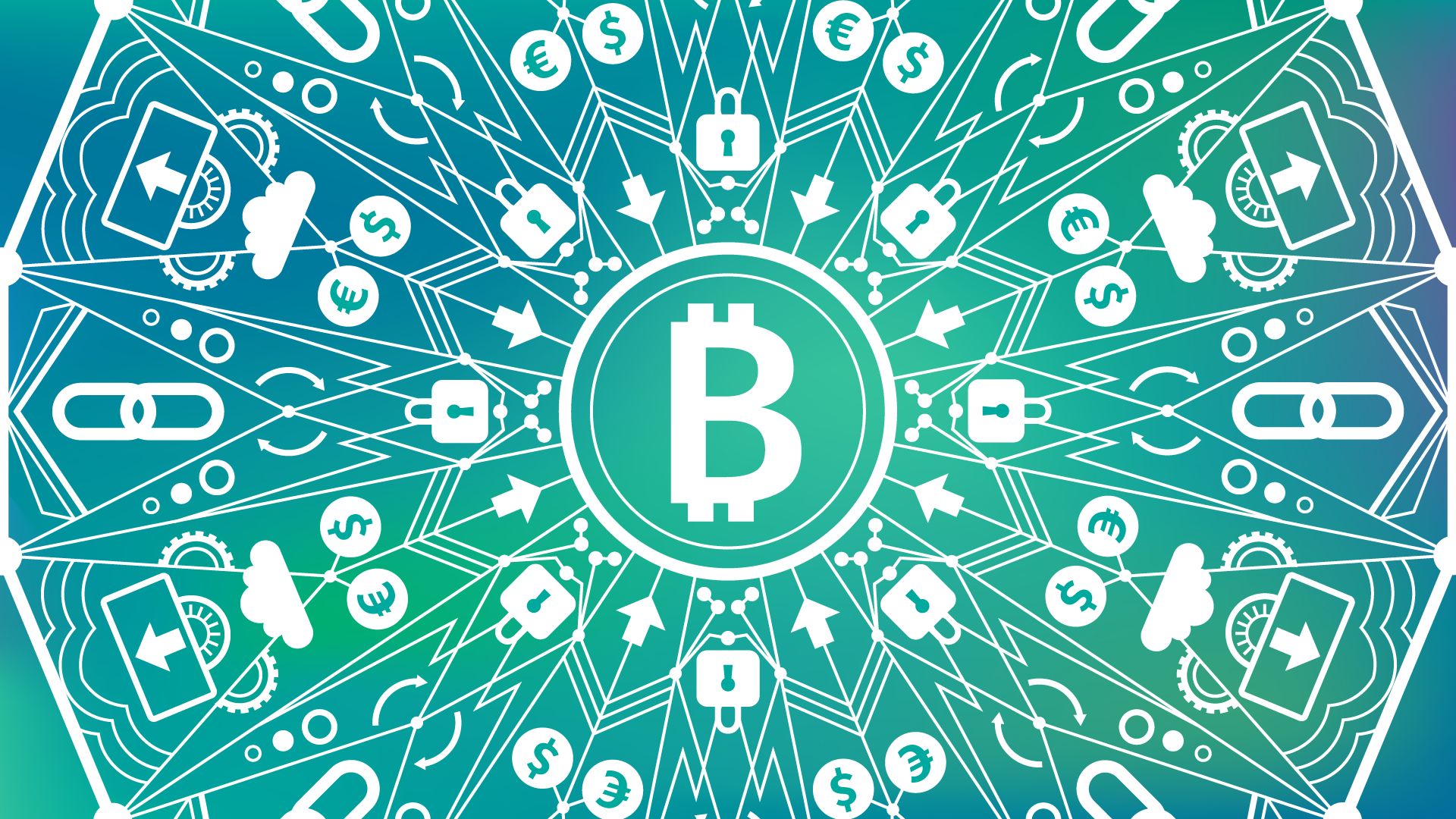Introduction
Data-sharing plays a crucial role in today’s digital age, enabling seamless collaboration and information exchange. Blockchain technology, with its decentralized and immutable nature, has revolutionized data-sharing by providing secure and transparent mechanisms. In this article, we will explore the concept of data-sharing in a blockchain, how it works, the advantages it offers, and the challenges associated with it.
A blockchain is a distributed ledger that records transactions across multiple nodes or computers. It ensures that data is stored in a transparent, tamper-proof, and decentralized manner. Data-sharing within a blockchain refers to the process of sharing information among participants within the blockchain network.
Unlike traditional centralized systems, where data is controlled by a single entity, blockchain allows for peer-to-peer data sharing. This decentralized approach eliminates the need for intermediaries, such as banks or clearinghouses, thereby reducing costs and increasing efficiency.
One of the key features of data-sharing in a blockchain is the immutability of the data. Once a transaction is recorded on the blockchain, it cannot be modified or deleted. This ensures the integrity and trustworthiness of the shared data, making it an ideal solution for industries that require secure and tamper-proof information exchange.
Another important aspect of data-sharing in a blockchain is the consensus mechanism. Blockchain networks utilize consensus algorithms, such as proof-of-work or proof-of-stake, to validate and agree upon the state of the shared data. This consensus mechanism ensures that all participants in the network have a synchronized and agreed-upon version of the shared data.
Furthermore, blockchain technology allows for permissioned or permissionless data-sharing. In a permissioned blockchain, access to the shared data is restricted to a predefined group of participants. This approach is commonly used in enterprise solutions, where data privacy and control are key requirements. On the other hand, in a permissionless blockchain, anyone can participate in the network and access the shared data, making it more suitable for public use cases.
In the following sections, we will delve deeper into the inner workings of data-sharing in a blockchain, explore its advantages, challenges, and various approaches, and examine real-world use cases where blockchain-based data-sharing has been successfully implemented.
What is data-sharing in a blockchain?
Data-sharing in a blockchain refers to the process of exchanging information among participants within a blockchain network. In a blockchain, data is shared in the form of transactions, which are added to a distributed ledger and verified by network participants.
Unlike traditional centralized systems, where data is stored and controlled by a single entity, blockchain allows for peer-to-peer data sharing. When a participant submits a transaction, it is broadcasted to all the nodes in the network, and each node validates the transaction using a consensus mechanism.
The data shared in a blockchain can take various forms, including financial transactions, contracts, identity information, supply chain data, and more. Each transaction is recorded on the blockchain in a block, which is connected to the previous block through a cryptographic hash. This chaining of blocks ensures the integrity and traceability of the shared data.
One of the key characteristics of data-sharing in a blockchain is transparency. All participants in the network have access to the shared data, and any updates or changes to the data are reflected in real-time for everyone to see. This transparency brings trust to the data-sharing process, as any attempt to modify or tamper with the data will be easily detectable by the network.
In addition to transparency, security is another crucial aspect of data-sharing in a blockchain. The decentralized nature of blockchain, coupled with cryptographic algorithms, ensures that the shared data is highly secure and resistant to tampering. The data is distributed and stored across multiple nodes, making it difficult for hackers to compromise the system.
Furthermore, data-sharing in a blockchain provides auditability and accountability. As every transaction is recorded on the blockchain and cannot be altered, it becomes easy to trace the origin and history of the shared data. This feature is particularly useful in industries such as supply chain management, where the traceability of products and components is essential.
Overall, data-sharing in a blockchain offers a more efficient, secure, and transparent way of exchanging information. It eliminates the need for intermediaries, reduces costs, enhances data integrity, and provides a trusted environment for participants to collaborate. In the next section, we will explore how data-sharing works in a blockchain and the mechanisms behind it.
How does data-sharing work in a blockchain?
Data-sharing in a blockchain involves a series of steps that ensure the secure and transparent exchange of information among participants. Let’s take a closer look at how data-sharing works in a blockchain:
- Transaction Submission: The process begins when a participant initiates a transaction by creating a digital record containing relevant data. This data can vary depending on the specific use case, ranging from financial transactions to the transfer of ownership or the recording of other important information.
- Transaction Validation: Once a transaction is submitted, it is broadcasted to the nodes in the blockchain network. These nodes, often referred to as miners or validators, verify the validity of the transaction. To ensure consensus, validators employ various consensus algorithms such as proof-of-work or proof-of-stake.
- Block Creation: Validated transactions are grouped together and organized into blocks. Each block contains a unique identifier called a cryptographic hash, which serves as a reference to the previous block, creating a chain of connected and secure blocks.
- Block Verification: Once a block is created, it is broadcasted to the network for verification. Participants within the network validate the block’s integrity by checking the transactions and ensuring they meet the predefined rules and criteria established by the blockchain protocol.
- Consensus Mechanism: To ensure agreement on the state of the blockchain, participants in the network employ a consensus mechanism. This mechanism verifies the validity of the transactions within the block and determines which version of the blockchain is the most accurate and up to date.
- Blockchain Update: After consensus is achieved, the validated block is added to the blockchain, becoming a permanent part of the distributed ledger. This update is propagated to all participants in the network, ensuring that everyone has an agreed-upon version of the shared data.
- Data Access and Transparency: Once a transaction is added to the blockchain, the shared data becomes accessible to all participants in the network. The data is stored across multiple nodes, ensuring redundancy and availability. Any updates or changes to the shared data are recorded in subsequent blocks, creating an immutable and traceable history.
By following these steps, data-sharing in a blockchain ensures a secure, transparent, and decentralized exchange of information. The combination of transaction validation, consensus mechanisms, and distributed ledger technology guarantees the integrity and trustworthiness of the shared data. In the next section, we will explore the advantages of data-sharing in a blockchain.
Advantages of data-sharing in a blockchain
Data-sharing in a blockchain offers numerous advantages that make it an attractive solution for various industries and applications. Let’s examine some of the key benefits:
- Transparency: Blockchain technology provides a high level of transparency as all participants in the network have access to the same shared data. This transparency fosters trust and accountability, as any changes or updates to the data are immediately visible to all stakeholders.
- Security: The decentralized nature of a blockchain makes it highly secure. Data is stored in multiple nodes, making it difficult for unauthorized individuals to manipulate or tamper with the information. The use of cryptographic algorithms and consensus mechanisms further enhances the security of the shared data.
- Immutability: Once data is recorded on a blockchain, it becomes immutable. Transactions are linked together using cryptographic hashes, creating an unalterable chain. This feature ensures the integrity of the shared data and eliminates the risk of data manipulation or unauthorized changes.
- Efficiency: Blockchain-based data-sharing eliminates the need for intermediaries, reducing costs and streamlining processes. Instead of relying on intermediaries for data verification and validation, participants within the blockchain network can directly interact and share data, resulting in faster and more efficient transactions.
- Traceability: Blockchain provides a transparent and auditable trail of transactions. This enables comprehensive traceability of the shared data, making it easier to track the origin, history, and movement of assets. Industries such as supply chain management can benefit greatly from this feature, ensuring the authenticity and quality of products.
- Data Privacy: Blockchain allows for different approaches to data-sharing, including permissioned and permissionless networks. In a permissioned blockchain, access to the shared data is restricted to authorized participants, ensuring data privacy and confidentiality. This is particularly important for industries that handle sensitive information.
- Collaboration: Data-sharing in a blockchain facilitates seamless collaboration among participants. It provides a trusted environment for stakeholders to share information, exchange value, and engage in transactions without the need for intermediaries. This enhances collaboration and promotes a more efficient and transparent ecosystem.
- Resilience: Blockchain networks are distributed across multiple nodes, ensuring redundancy and resilience. Even if some nodes fail or go offline, the network remains functional as other nodes continue to maintain and validate the shared data. This resilience makes the blockchain suitable for critical applications and ensures uninterrupted data-sharing.
These advantages make data-sharing in a blockchain an appealing choice for various industries, including finance, supply chain, healthcare, and more. By harnessing the power of blockchain technology, organizations can achieve improved security, transparency, efficiency, and collaboration in their data-sharing processes.
Challenges and considerations of data-sharing in a blockchain
While data-sharing in a blockchain offers several advantages, there are also challenges and considerations that need to be addressed. These include:
- Scalability: Blockchain networks face scalability issues due to the increasing size of the blockchain and the limitations of processing transactions. As more participants join the network and the number of transactions grows, it can become challenging to achieve consensus and validate transactions in a timely manner.
- Energy Consumption: Some blockchain networks, particularly those that utilize proof-of-work consensus algorithms, require significant computational power and energy consumption. The electricity consumption associated with mining and validating transactions is a concern for the sustainability and environmental impact of blockchain technology.
- Regulatory Compliance: Blockchain adoption requires careful consideration of regulatory frameworks and compliance requirements. Certain industries have specific regulations surrounding data privacy, identity verification, and financial transactions, which need to be addressed when implementing blockchain-based data-sharing solutions.
- Data Privacy: Although blockchain technology itself provides secure and tamper-proof data storage, privacy concerns can arise when implementing blockchain solutions. Care must be taken to ensure that sensitive information is adequately protected and that only authorized entities have access to the data.
- Interoperability: Blockchain networks often operate in isolation from one another, creating interoperability challenges. Data-sharing between different blockchain networks can be complex and require the development of standardized protocols and frameworks to enable seamless communication and collaboration.
- User Adoption: Introducing blockchain technology and promoting its adoption among users and organizations can be a challenge. The technology is relatively new and may require education and training to ensure participants fully understand the benefits, processes, and implications of using blockchain for data-sharing.
- Legal and Governance: Blockchain networks operate under different legal jurisdictions, which can complicate cross-border transactions and compliance. Establishing governance models and legal frameworks that accommodate the decentralized nature of blockchain while ensuring regulatory compliance is a complex consideration.
- Technological Limitations: Despite advancements in blockchain technology, there are still technical limitations that need to be addressed. These include issues such as transaction speed, storage limitations, and data retrieval efficiency, which can impact the scalability and performance of blockchain-based data-sharing.
Addressing these challenges and considerations is essential for the successful implementation and widespread adoption of blockchain-based data-sharing solutions. As the technology continues to evolve and mature, efforts are being made to overcome these limitations and improve the scalability, energy efficiency, privacy, and interoperability of blockchain networks.
Different approaches to data-sharing in a blockchain
When it comes to data-sharing in a blockchain, there are different approaches that can be implemented based on the specific use case and requirements. These approaches determine how data is shared, who has access to the shared data, and the level of control and privacy maintained. Let’s explore some of these approaches:
- Public Blockchains: Public blockchains, such as Bitcoin and Ethereum, allow anyone to participate in the network and access the shared data. These blockchains are open and transparent, providing a decentralized and permissionless environment for data-sharing. Public blockchains are often used for cryptocurrencies and public applications that value transparency and inclusivity.
- Private Blockchains: Private blockchains, also known as permissioned blockchains, restrict access to the shared data to a predefined group of participants. These blockchains are suitable for industries and organizations that require enhanced privacy, control, and compliance with regulatory requirements. Private blockchains can be used internally within organizations or for collaborative purposes between trusted entities.
- Consortium Blockchains: Consortium blockchains are a hybrid approach that combines elements of both public and private blockchains. In a consortium blockchain, access to the shared data is limited to a consortium or group of pre-approved participants who collectively maintain the blockchain. Consortium blockchains are often used in industries where multiple organizations need to collaborate and share data while maintaining a certain level of control.
- Sidechains: Sidechains are separate blockchains that are connected to the main blockchain, allowing for parallel and specialized processing of transactions. Sidechains enable specific use cases and functionalities without congesting the main blockchain. They can be used to enhance scalability, interoperability, and privacy in data-sharing, catering to specific requirements and applications.
- Off-Chain Channels: Off-chain channels are another approach to data-sharing in a blockchain. Off-chain channels involve the participants in a transaction conducting multiple exchanges off the main blockchain, allowing for fast and low-cost transactions. Once the transactions are completed off-chain, only the final outcome is settled on the main blockchain. Off-chain channels are often used to improve scalability and reduce transaction fees in blockchain-based systems.
These different approaches to data-sharing in a blockchain offer flexibility and cater to a variety of use cases and industries. Whether it is a public, private, consortium blockchain, sidechain, or off-chain channel, each approach has its own benefits and considerations. Selecting the most suitable approach depends on factors such as privacy requirements, desired level of decentralization, scalability needs, and regulatory compliance.
Use cases of data-sharing in a blockchain
Data-sharing in a blockchain has a wide range of use cases across various industries, leveraging the advantages of transparency, security, and efficiency. Let’s explore some notable examples:
- Supply Chain Management: Blockchain-based data-sharing ensures transparency and traceability throughout the supply chain. It allows for real-time tracking of products, verifying their authenticity, and ensuring compliance with regulations. This use case boosts trust between suppliers, manufacturers, distributors, and consumers, reducing counterfeiting, enhancing food safety, and streamlining logistics.
- Financial Services: Blockchain technology revolutionizes data-sharing in the financial sector. It enables secure and quick cross-border transactions, eliminates intermediaries, and reduces costs. Blockchain-based data-sharing also enhances financial inclusivity, as it enables individuals without traditional banking access to participate in secure and efficient financial systems.
- Healthcare: Data-sharing in healthcare on a blockchain ensures secure storage and sharing of medical records. It enables interoperability between different healthcare providers, enhances patient privacy, and reduces medical fraud. Blockchain technology can also facilitate clinical trials, supply chain management of pharmaceuticals, and healthcare research through secure and transparent data-sharing.
- Identity Management: Blockchain ensures secure identity management by providing users with control over their personal data. Individuals have the ability to grant or revoke access to their data, enhancing privacy and reducing the risk of identity theft. By sharing identity-related information on a blockchain, processes such as Know Your Customer (KYC) verification and digital identity authentication can be streamlined and made more efficient.
- Real Estate: Blockchain-based data-sharing in the real estate industry allows for transparent and secure property transactions. It simplifies the process of property ownership transfer, eliminates the need for intermediaries, and reduces fraudulent activities. Blockchain technology can also facilitate efficient property title management and streamline the rental process through smart contracts.
- Energy Management: Blockchain data-sharing enables peer-to-peer energy trading and decentralized energy management. It allows individuals and businesses to trade excess energy generated by renewable sources, creating a more sustainable and efficient energy ecosystem. Blockchain-based data-sharing also helps track and verify the origin and quality of energy, promoting renewable energy adoption.
These use cases highlight the versatility of data-sharing in a blockchain across various sectors, from supply chain management to finance, healthcare, identity management, real estate, and energy management. By leveraging blockchain technology, organizations can enhance trust, improve efficiency, and create new business models that revolutionize their respective industries.
Conclusion
Data-sharing in a blockchain has emerged as a transformative solution that offers transparency, security, and efficiency across various industries. The decentralized and immutable nature of blockchain technology ensures the integrity and trustworthiness of the shared data, providing a solid foundation for collaborative networks.
We explored the concept of data-sharing in a blockchain and delved into how it works, including the validation of transactions, block creation, consensus mechanisms, and the transparency and security provided by the technology. We also discussed the advantages of blockchain-based data-sharing, such as transparency, security, immutability, efficiency, traceability, privacy, collaboration, and resilience.
However, it is essential to acknowledge the challenges and considerations associated with data-sharing in a blockchain. Scalability, energy consumption, regulatory compliance, data privacy, interoperability, user adoption, legal and governance frameworks, and technological limitations are factors that need to be carefully addressed to ensure the successful implementation of blockchain-based data-sharing solutions.
Moreover, we explored different approaches to data-sharing in a blockchain, including public blockchains, private blockchains, consortium blockchains, sidechains, and off-chain channels. Each approach offers its unique advantages and considerations, catering to different use cases and requirements.
Lastly, we highlighted several notable use cases of data-sharing in a blockchain, such as supply chain management, financial services, healthcare, identity management, real estate, and energy management. These examples showcase the transformative potential of blockchain technology across various industries, enabling secure, transparent, and efficient data exchange.
In conclusion, data-sharing in a blockchain has the potential to revolutionize industries by providing secure and transparent mechanisms for collaboration and information exchange. As the technology continues to evolve and overcome current limitations, we can expect to see even more innovative applications and advancements in blockchain-based data-sharing in the future.









